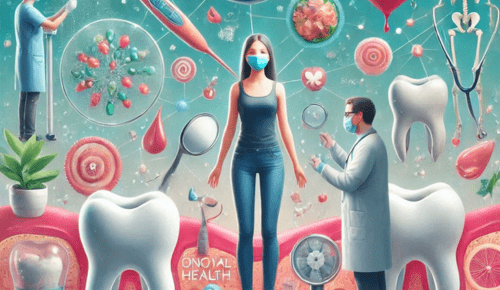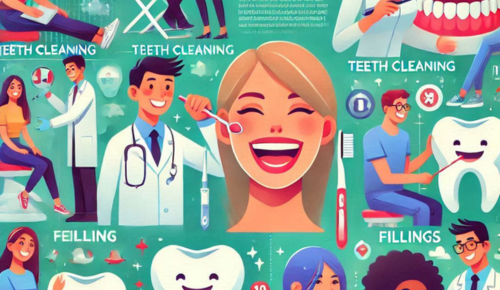When you visit a Livermore dentist, you can expect a commitment to your oral health. It’s important to know the key procedures they offer. Understanding these procedures helps you make informed decisions about your dental care. You may feel uncertain about what exactly happens during a dental visit. This guide clarifies the top five essential procedures every general dentist offers. You learn what to expect and how each procedure preserves your oral health. Routine treatments focus on prevention, addressing common dental issues early. You gain peace of mind knowing what is involved, why it’s necessary, and how it benefits you. These procedures form the backbone of dental practice. They ensure you maintain a healthy, confident smile. Each procedure serves a unique purpose, contributing to your overall well-being. Familiarize yourself with these treatments so your next dental visit brings comfort, not confusion. Your smile will thank you.
1. Teeth Cleaning
Regular teeth cleaning helps prevent cavities and gum disease. During this procedure, plaque and tartar get removed from the teeth surfaces and gumline. Using special tools, the dentist cleans and polishes your teeth. This process reduces the risk of decay and keeps your mouth healthy. Teeth cleaning is often recommended every six months.
2. Dental Exams
Dental exams are the cornerstone of preventive care. During an exam, the dentist checks for signs of decay, gum issues, and other oral health concerns. X-rays might be taken to detect underlying problems not visible to the naked eye. These exams help catch issues early when they are easier to treat. According to the Centers for Disease Control and Prevention (CDC), regular exams significantly contribute to maintaining good oral health.
3. Fillings
Fillings repair cavities and restore tooth function. If a tooth has a cavity, the dentist removes the decayed area and fills the space with a suitable material. Common options include composite resin or amalgam. Fillings stop decay from spreading and restore strength to the tooth. It’s a routine procedure that helps protect your teeth from further damage.
4. Tooth Extractions
Sometimes, removing a tooth is necessary to preserve overall dental health. Extractions might be needed for severely decayed or damaged teeth. In some cases, a tooth might need removal to create space for orthodontic treatment. The process involves numbing the area and carefully removing the tooth. Recovery is usually straightforward, and your dentist provides guidance for aftercare.
5. Sealants and Fluoride Treatments
Sealants and fluoride treatments offer additional protection against cavities. Sealants are thin coatings applied to the chewing surfaces of back teeth, creating a barrier against bacteria. Fluoride treatments help strengthen tooth enamel, making it more resistant to decay. Both treatments are quick and painless, especially beneficial for children and teens. The American Dental Association (ADA) advocates these treatments as safe and effective preventive measures.
Comparison of Dental Procedures
| Procedure | Purpose | Frequency |
| Teeth Cleaning | Remove plaque and tartar | Every 6 months |
| Dental Exams | Detect oral health issues | Every 6 months |
| Fillings | Repair cavities | As needed |
| Tooth Extractions | Remove damaged teeth | As needed |
| Sealants and Fluoride Treatments | Prevent decay | Every 6 months to 1 year |
Conclusion
Understanding these procedures empowers you to take charge of your dental health. By knowing what to expect, you prepare yourself for routine visits and necessary treatments. Regular teeth cleaning and dental exams form the foundation of preventive care. Fillings and extractions address immediate issues, while sealants and fluoride treatments provide extra protection. Each procedure has a specific role in keeping your mouth healthy. Your dentist helps you determine the best schedule for these treatments, tailored to your unique needs. With this knowledge, you approach dental care with confidence and clarity, assuring you maintain a bright, healthy smile.




